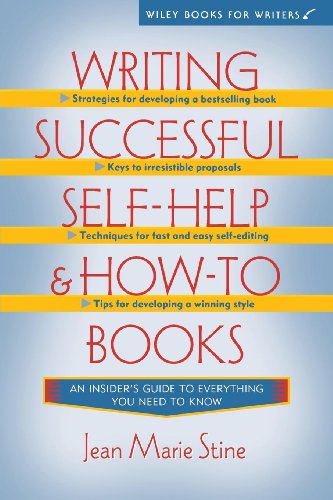Writing Successful Self-Help and How-To Books (WILEY BOOKS FOR WRITERS SERIES)
amazon.com
Writing Successful Self-Help and How-To Books (WILEY BOOKS FOR WRITERS SERIES)

chapter—take a few moments to develop a strong, opening hook, one so dramatic or so touching or so puzzling that it immediately snares the readers’ interest and carries them several pages on sheer momentum alone.
Forget listing volume numbers, page references, footnotes, publishers, and other academic baggage. These reader turnoffs belong in a notes or bibliography section at the back of the book (see Chapter 21). When most people see those types of citations in a book, they decide it’s a work for professionals or academics and over their heads. They put it
... See moreExplain how and why the technique works and what it will do for the reader. Naturally, many readers will have doubts about their ability to do the exercises and correctly use the strategies in your book.
Every single illustration or graph that is added to a book raises its publication cost.
For how-to books, add this final step on the same sheet of paper (or in the same computer file): a. Describe the specific ability your book teaches. b. Strive for a title that will inform the reader—in a single glance–specifically what the book is about.
Once your book has captured a publisher’s attention, the first concrete thing your overview should do is explain who your potential readers will be.
book or progression of the chapters?
A “Promotion and Publicity” section—a list of all the possible avenues of free promotion and publicity
Type up two versions of your outline. The first should list the chapter titles plus all the headings and subheadings you devised. This is the chapter outline. The second is the annotated table of contents, which contains all of the chapter titles, each followed by a descriptive paragraph explaining exactly what you intend to address and accomplish
... See more